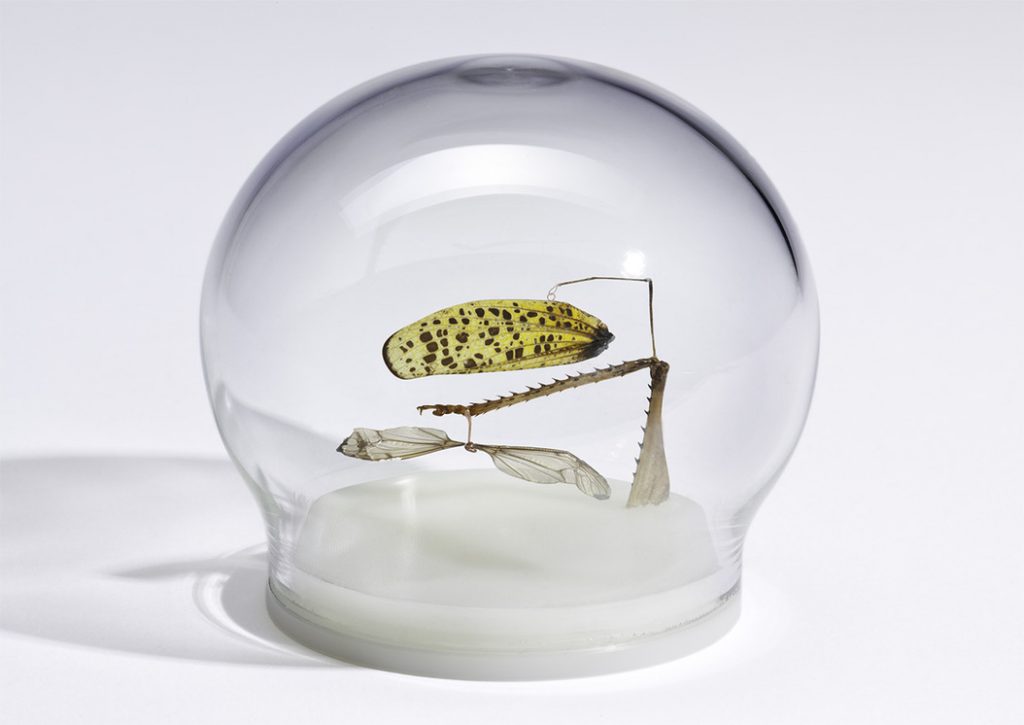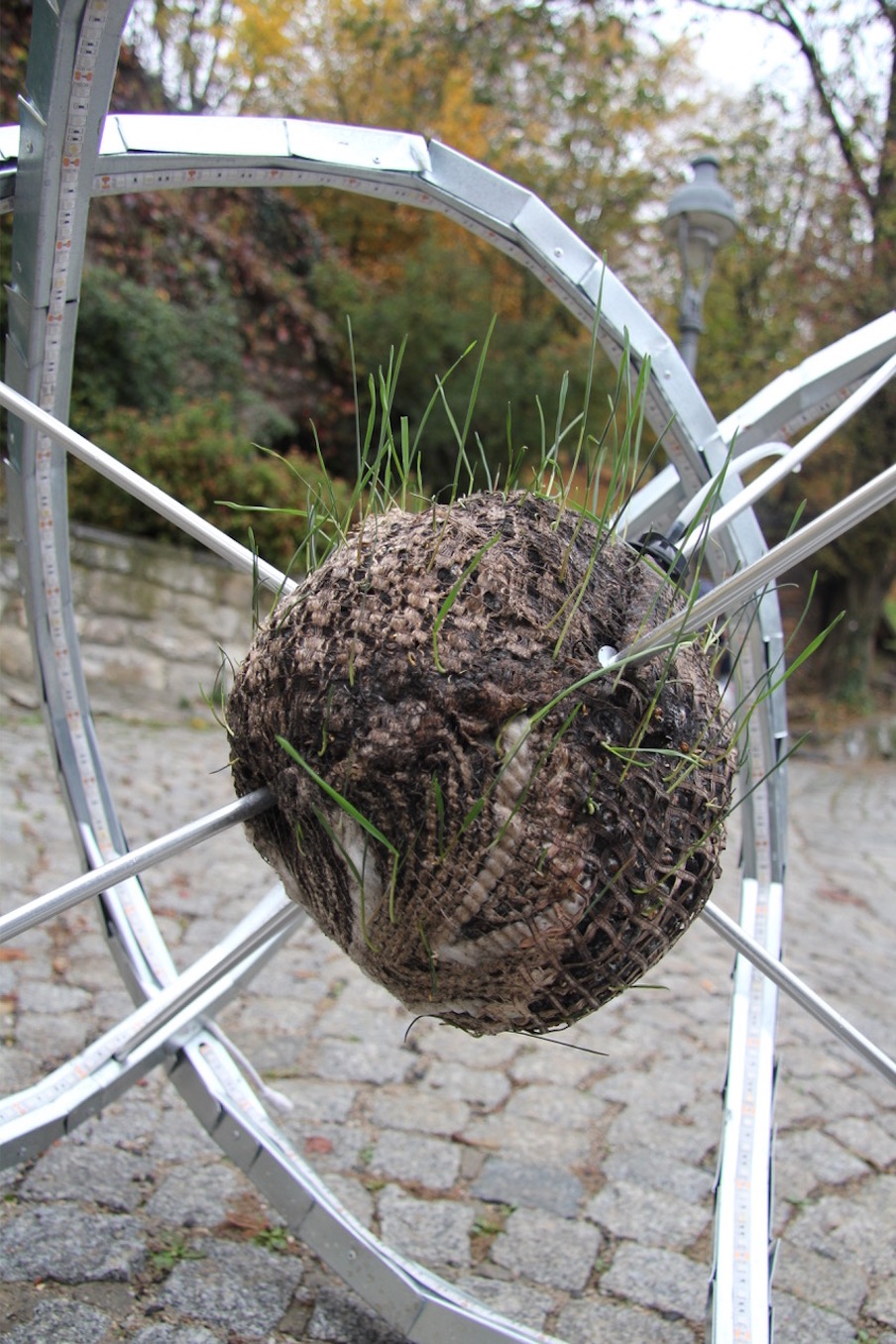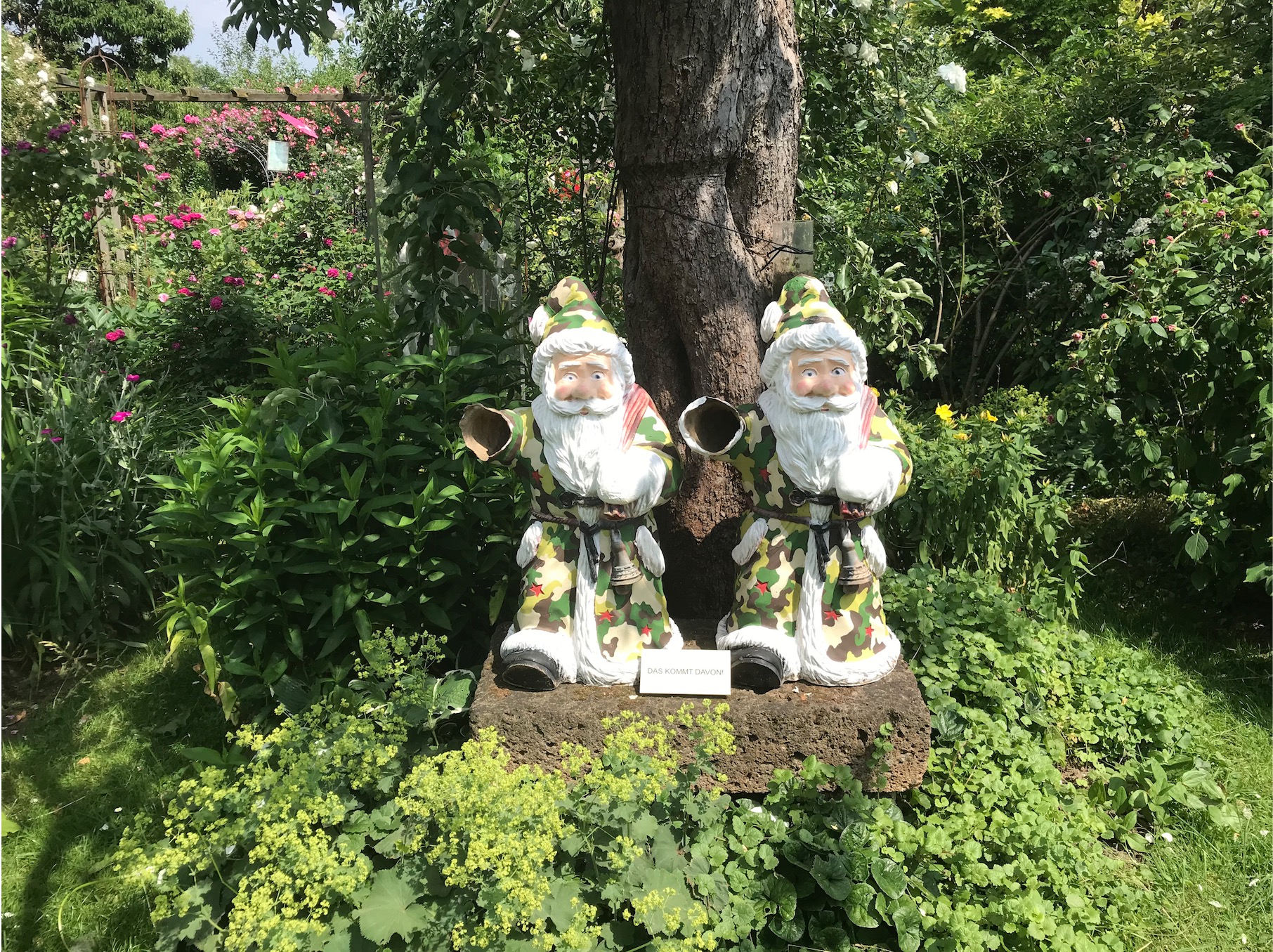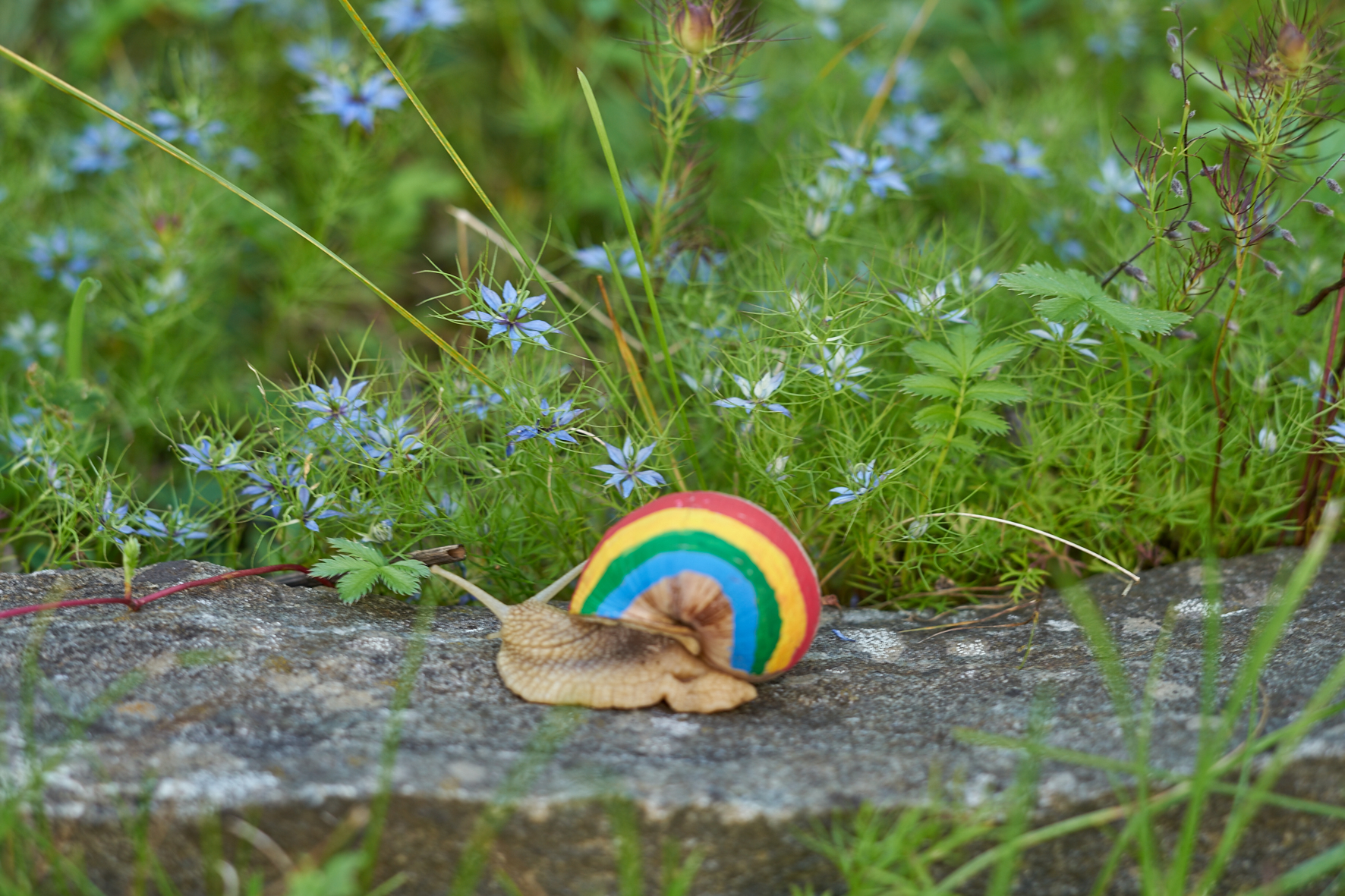press release
IN HABITAT! Gesellschaft und Habitus
In biology, the habitat (Latin habitat, [it] lived) refers to the characteristic habitat of a certain animal or plant species, respectively the habitat is determined by specific abiotic and biotic factors, where the species lives at one stage of its life cycle. (1) In anthropology, the term habitat generally refers to a dwelling such as a house; in this context, human habitats are examined by settlement geography as a sub-discipline of geography. (2)
In contrast to the habitat, the term habitus has to be considered more far-reaching. Starting from a primarily sociological argument, Pierre Bourdieu developed a theory of habitus that describes the entire appearance of a person – respectively habitus is understood as a fact of the production of social meanings (3): „For him habitus stems from the habituation with an environment. It is a fact of being habituated with what one inhabits. And of the same time it is a fact of being inhabited by one’s own habitat.”(4) Sabine Flach comments in this regard in the publication co-issued by her, “Habitus in Habitat I: Emotion and Motion”: “The term habitus, in a general sense, refers to habituated embodied and mental schemata, implied in social communication, in personal attitudes, in social identity, in cultural experience and in the production of cultural meaning.”(5) Thus the theme IN HABITAT, in the context of this exhibition, is not only linked to considerations of human habitat, but rather linked to a consideration of habitus, to embodiment theories and a transdisciplinary approach, as Sabine Flach notes: “Embodiment entails a phenomenology that cannot just be reduced to concepts or metaphors of scripture. Rather the approach to these phenomena must be profoundly based on concepts of performance and performativity, regarding the interrelation of sense and sensing as a relation as inextricably linked to the interrelation of habitus and habitat.”(6)
In the context of this exhibition, it is therefore art that refers, among other things, to the autonomous production of knowledge through works of art, such as archives set up by artists that could be installed in situ. But it is also about embodiments – about the habitus in the habitat – thus besides the investigation of the habitat, also about considerations in the sense of a phenomenological argument starting from Maurice Merleau-Ponty: “The world is what we perceive.”(7)
exhibition text by Elisabeth Saubach, MA.
Notes:
(1) https://de.wikipedia.org/wiki/Habitat#Zur_Wortherkunft
(2) https://de.wikipedia.org/wiki/Habitus_(Biologie)
(3)Vgl. Sabine Flach, Daniel Margulies, Jan Söffner, Introduction, in: Habitus in Habitat I: Emotion and Motion, Sabine Flach, Daniel Margulies, Jan Söffner (Hrsg.), S.7 – 25, hier S.9., Bern 2010
(4) Sabine Flach, Daniel Margulies, Jan Söffner, Introduction, in: Habitus in Habitat I: Emotion and Motion, Sabine Flach, Daniel Margulies, Jan Söffner (Hrsg.), S.7 – 25, hier S.9., Bern 2010
(5) Sabine Flach, Daniel Margulies, Jan Söffner, Introduction, in: Habitus in Habitat I: Emotion and Motion, Sabine Flach, Daniel Margulies, Jan Söffner (Hrsg.), S.7 – 25, hier S.7-8., Bern 2010
(6) Sabine Flach, Daniel Margulies, Jan Söffner, Introduction, in: Habitus in Habitat I: Emotion and Motion, Sabine Flach, Daniel Margulies, Jan Söffner (Hrsg.), S.7 – 25, hier S.7-8., Bern 2010




